
© Kiril Cachovski of the Lithuanian Mummy Project, 2015One of 23 mummies found in a crypt under a church in Vilnius, Lithuania.
Hundreds of skeletons have lain scattered around a crypt beneath a church in Vilnius, Lithuania, for centuries. But 23 of these remains are unlike the rest: Flesh wraps their bones, clothes cover their skin, and organs still fill their insides.
They are mummies, and since they were recovered about five years ago, scientists have investigated their secrets, seeking insights into the lives of people in the 17th, 18th and 19th centuries and the diseases they suffered.
"They are so well preserved that they almost look alive," said
Dario Piombino-Mascali, an anthropologist from Italy who has studied the mummies since 2011.
Recently, Dr. Piombino-Mascali and his colleagues have uncovered remnants of the smallpox virus in one of the mummies, gaining new insights into the origins of a deadly scourge that killed an estimated 300 million people in the 20th century alone.
The work follows on their earlier discoveries: signs of rickets, osteoarthritis and intestinal parasites in the mummies. And they are not the only researchers unearthing new findings from the bodies of the long dead but well preserved.

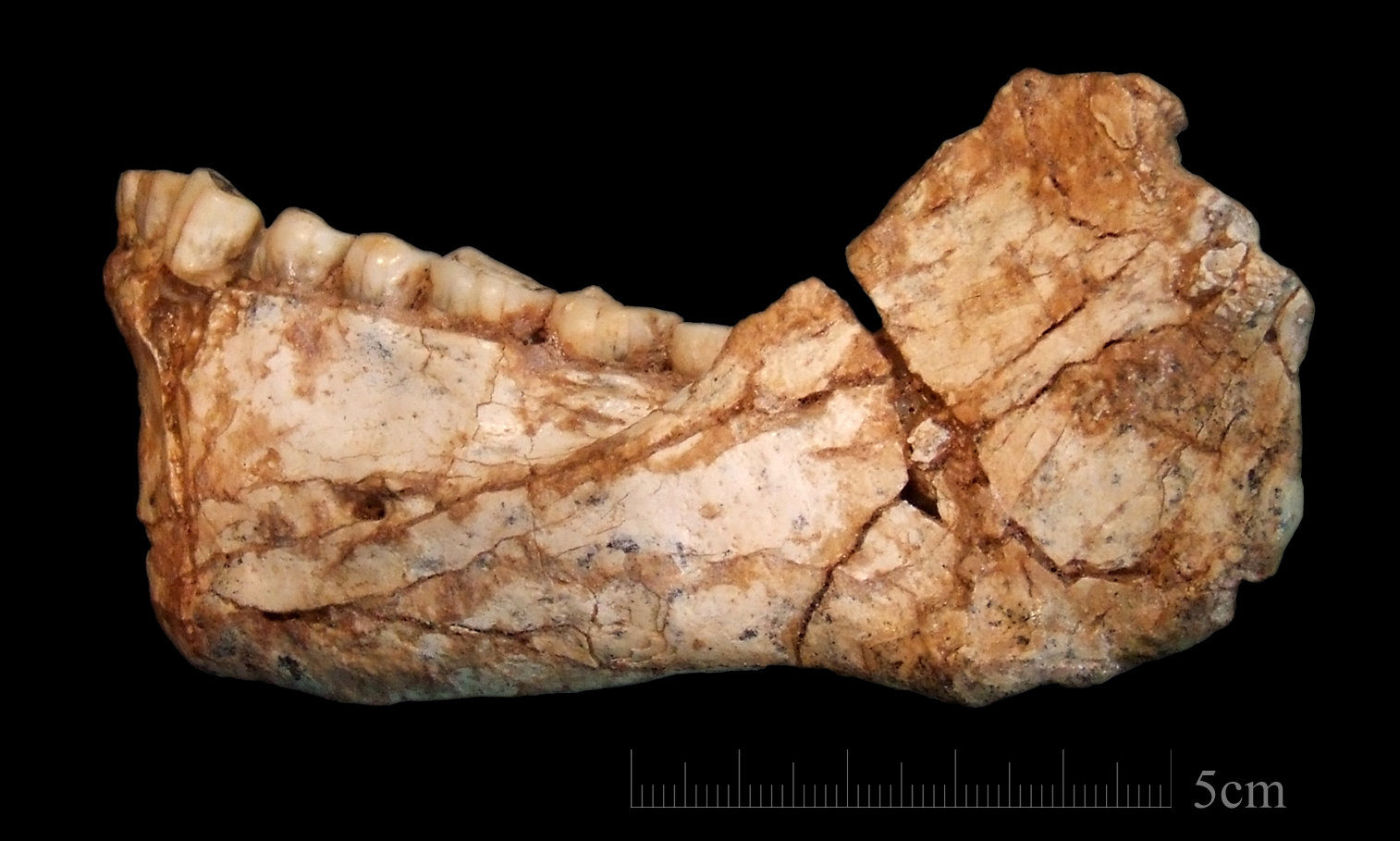
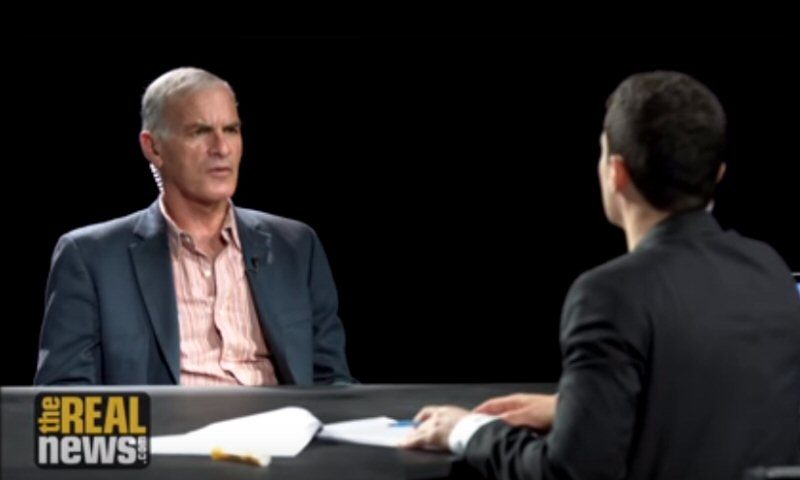
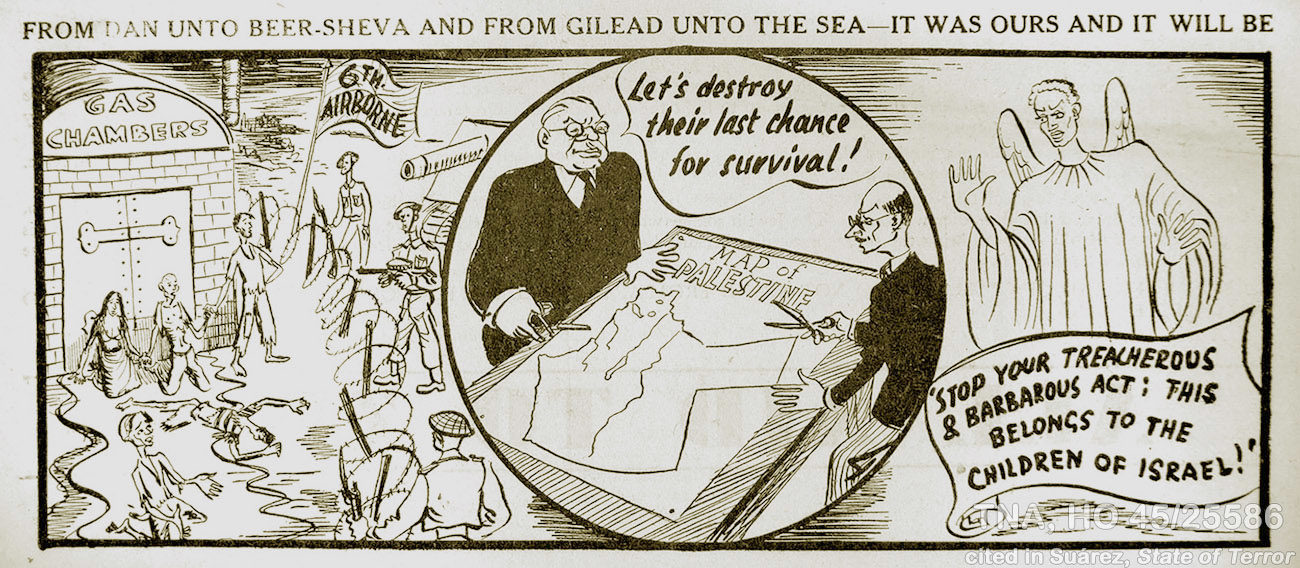

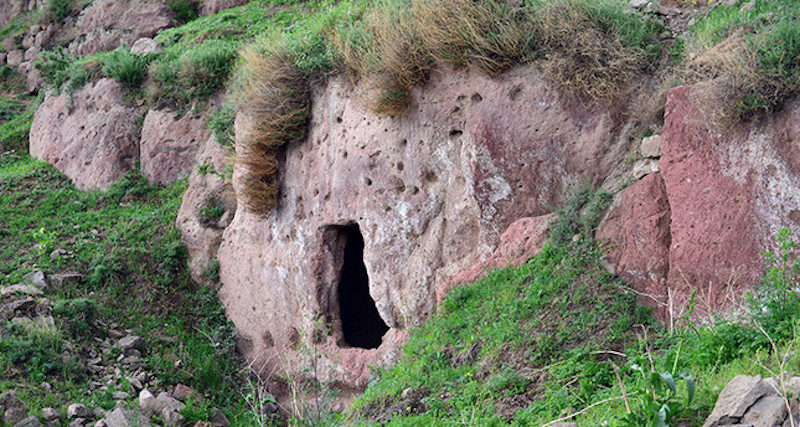
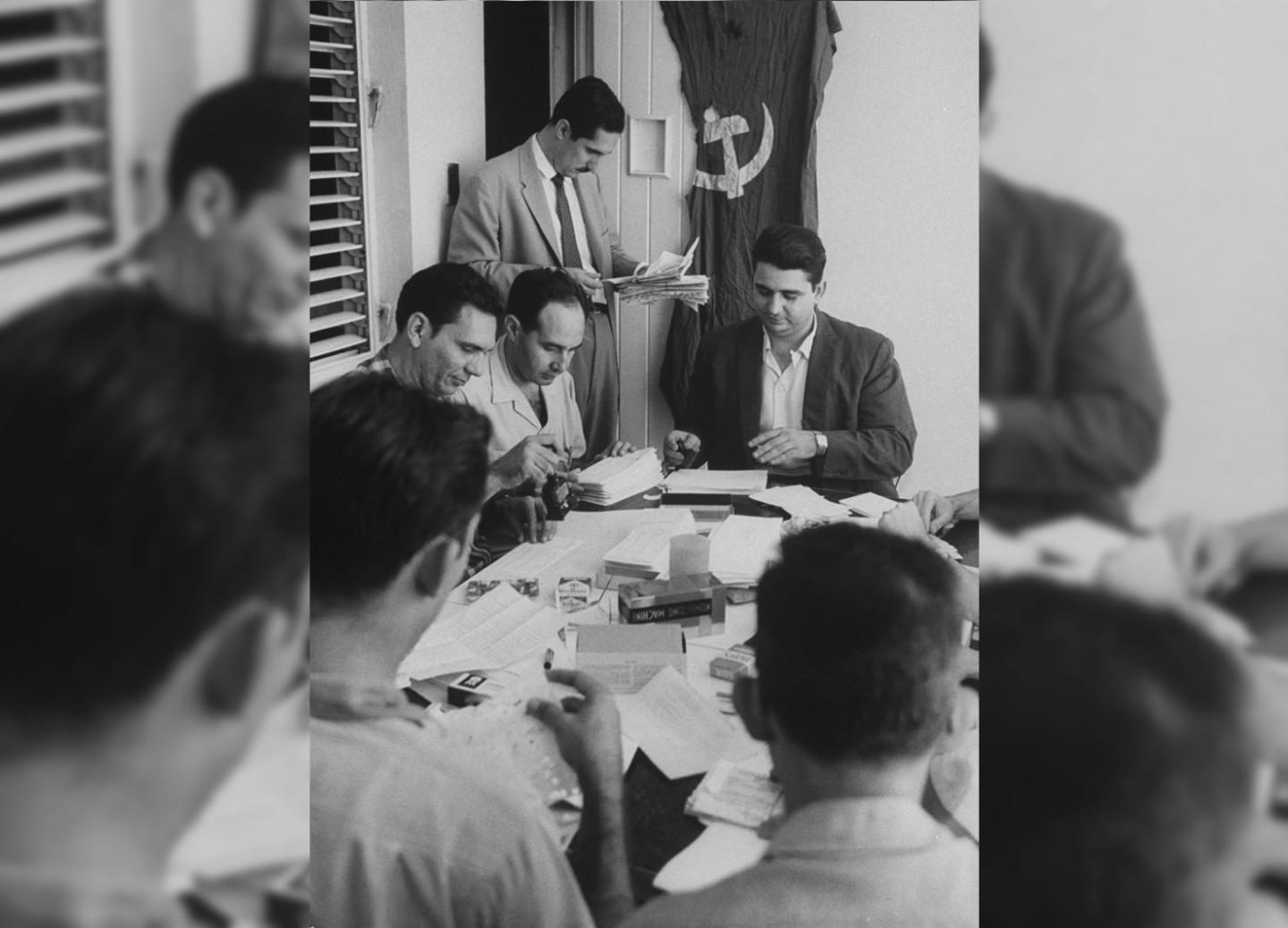


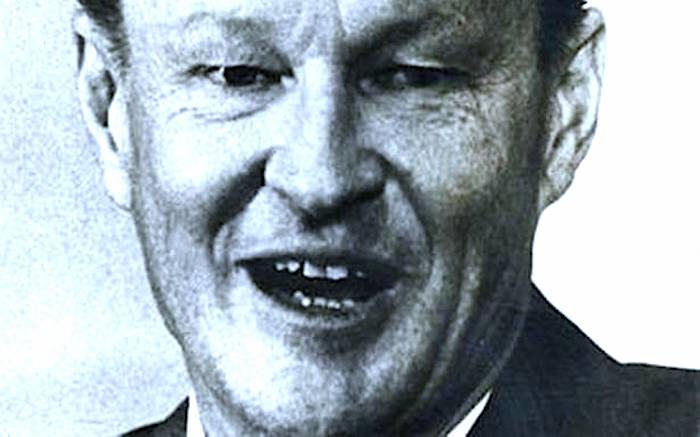



Comment: